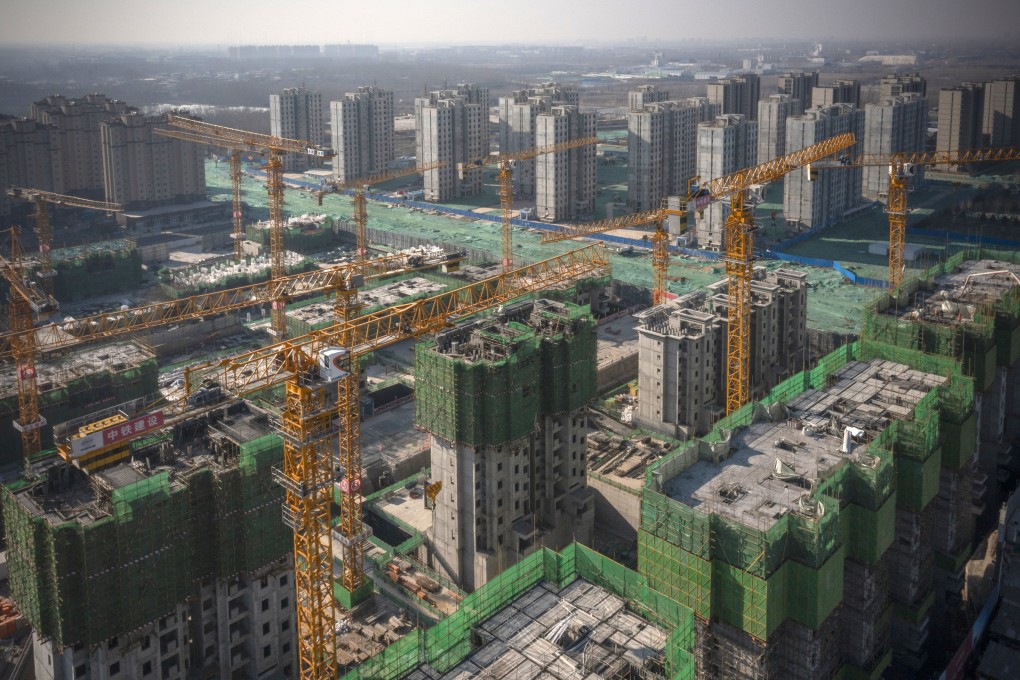Concrete Analysis | Why Hong Kong landlords, developers and asset managers cannot ignore ESG standards
- In the region’s real estate markets, Hong Kong is among the front runners in the area of sustainability, with China making swift progress, but Asia-Pacific lags behind Europe and the US
- Many real estate industry participants in Hong Kong have yet to set out their net-zero pathways and get to grips with the Science Based Targets initiative (SBTi)

According to the United Nations Environment Programme, building operations accounted for about 31 per cent of global final energy consumption and 28 per cent of energy related carbon dioxide emissions in 2020.
The importance of Asia-Pacific’s real estate markets to sustainability is underlined by the fact that the region now accounts for 20 out of the world’s 36 megacities with populations of more than 10 million. The region’s urban population is set to grow further from 2.3 billion in 2019 to nearly 3.5 billion by 2050, a 52 per cent increase. Rising urban populations mean more real estate and according to the International Energy Agency, Asia-Pacific will see the greatest rise in stock across all property sectors globally, with a 65 per cent increase by 2050 led by Asean, China and India.
